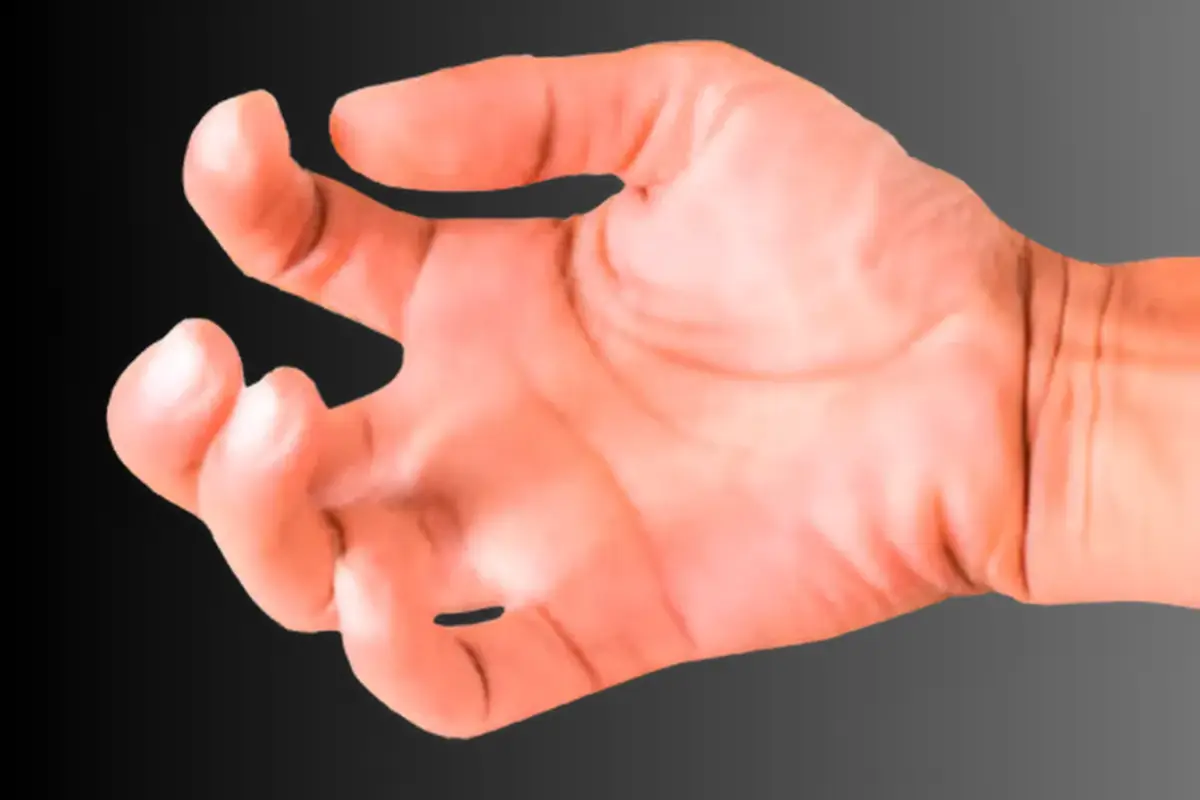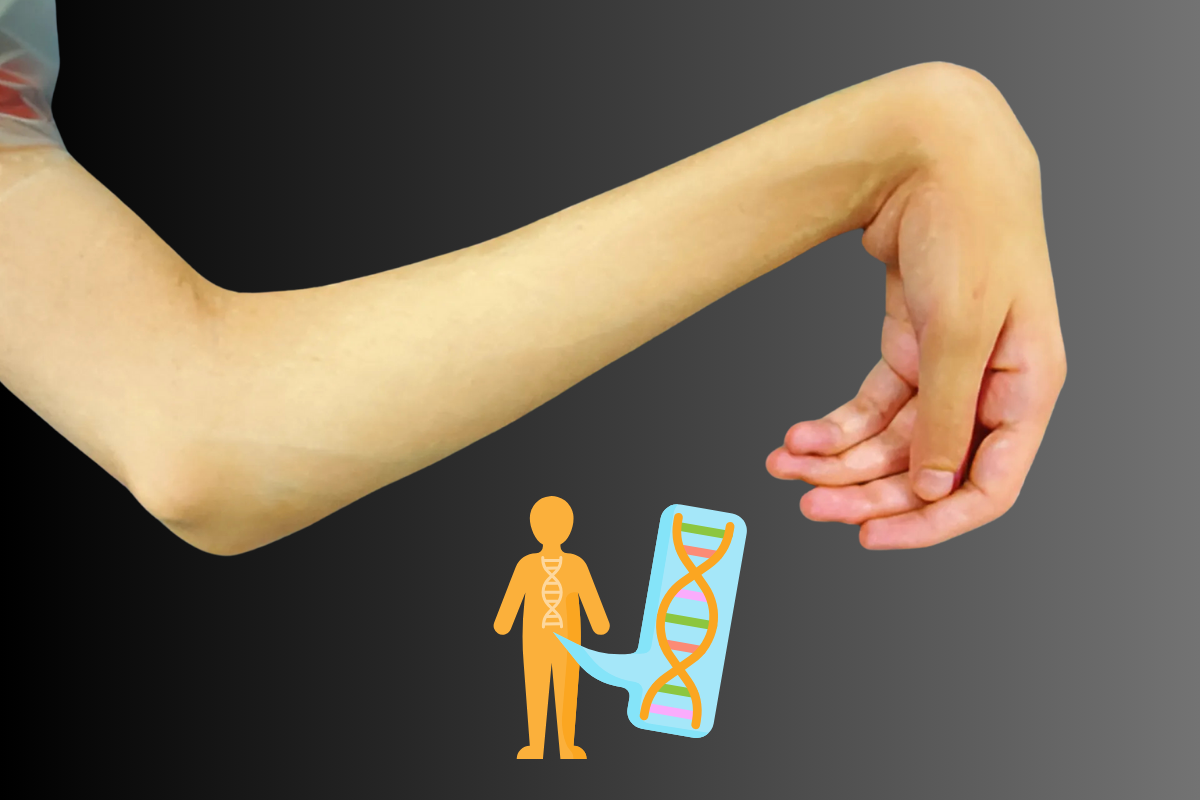- +91 75677 63301
- 24*7 Emergency Care
Spasticity after stroke or injury: What it is and how to treat it
- Home
- /
- Cerebral Palsy & Spastic...
- /
- Spasticity after stroke or...
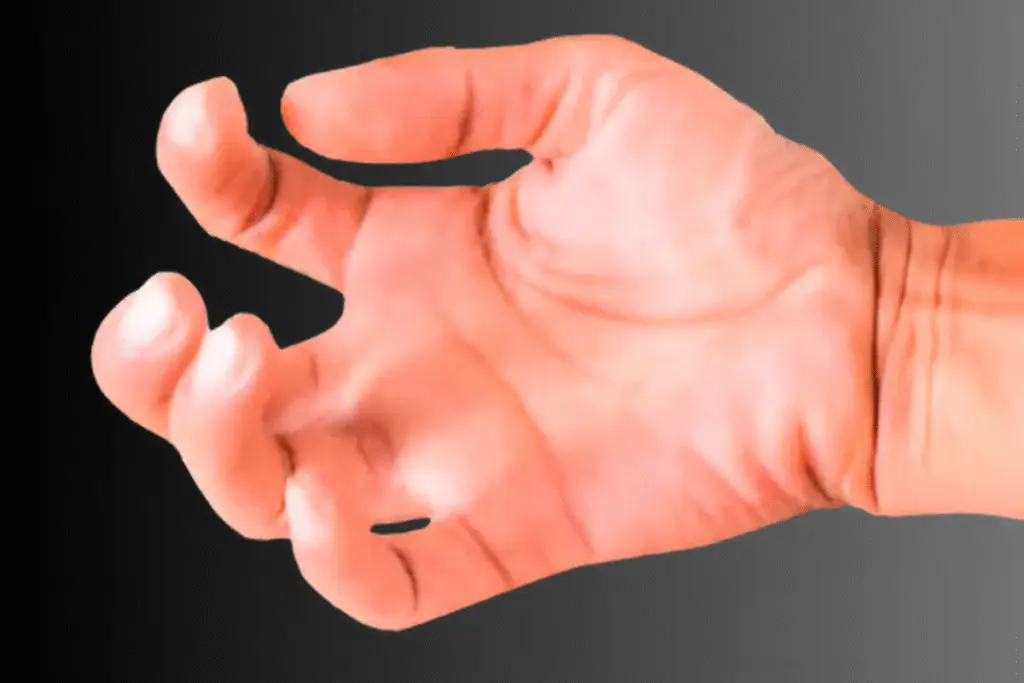
Spasticity in the hands and fingers is a common condition following a stroke, traumatic brain injury, or spinal cord injury. It results in muscle stiffness, involuntary contractions, and difficulty with hand function. Left unmanaged, it can interfere with essential daily tasks like gripping, writing, or even holding utensils.
This blog explores hand-specific spasticity—its causes, impact, and the most effective treatments.
Table of Contents
ToggleWhat is spasticity in the hand?
Spasticity in the hand refers to involuntary muscle stiffness or tightness, usually affecting the fingers, wrist, or forearm muscles. After neurological damage, the brain loses its ability to send balanced signals to the muscles. As a result, certain muscles in the hand stay contracted or respond abnormally to movement.
- Clenched fist or flexed fingers that are difficult to open.
- Stiff wrist bent toward the palm (flexion deformity).
- Overactive thumb tucked into the palm.
- Involuntary finger curling.
- Difficulty releasing grip or performing precise finger movements.
- Pain, cramping, or discomfort in hand muscles.
Spasticity is caused by damage to the brain or spinal cord areas that control voluntary movement—especially the upper motor neurons. After a stroke or injury:
- Signals between the brain and hand muscles are disrupted.
- Muscles become overactive or hypersensitive.
- This leads to continuous contraction, stiffness, or spasms in the hand.
Untreated hand spasticity can lead to:
- Loss of hand function and dexterity.
- Joint contractures (permanent tightening of muscles/tendons).
- Pain and hygiene issues due to clenched fists.
- Difficulty performing personal care tasks like eating, dressing, or writing.
A hand specialist or neurologist will assess:
- Muscle tone and range of motion in the hand and fingers.
- Reflex responses
- History of neurological injury.
- Functional limitations in gripping or object handling.
Advanced imaging (MRI or CT) may be used to evaluate the extent of brain/spinal injury. No imaging is needed to confirm spasticity itself.
Spasticity treatment aims to reduce stiffness, restore function, and prevent long-term damage. A combination of therapies often yields the best outcomes.
1. Physiotherapy & Occupational therapy
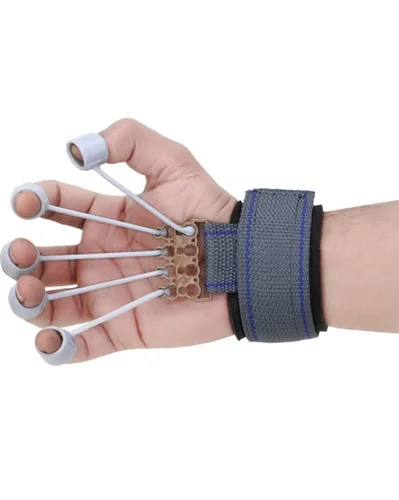
- Stretching and ROM exercises for fingers, wrist, and hand.
- Splinting to maintain proper positioning (resting hand splints).
- Strength training for antagonist muscles (e.g., wrist extensors).
- Functional training using objects like therapy putty or grip balls.
- Task-oriented therapy like picking up coins or buttoning shirts.
2. Medications
- Oral muscle relaxants (e.g., baclofen or tizanidine) may be used in some cases.
- Botulinum toxin (Botox) injections directly into overactive hand muscles can reduce spasticity for 3–6 months.
- Pain relievers if spasticity is associated with discomfort.
3. Orthotic devices
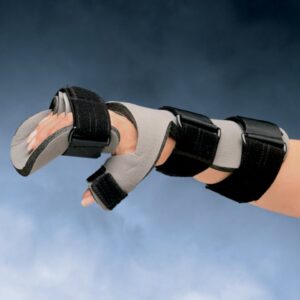
- Custom hand splints to prevent contractures and improve hand posture.
- Dynamic splints may help promote movement while controlling stiffness.
4. Advanced interventions for hand spasticity
When conventional treatments like physiotherapy, splinting, or medications fail to produce meaningful improvement, advanced interventions may be considered. These are typically reserved for severe or persistent hand spasticity that significantly interferes with function or quality of life.
a. Intrathecal Baclofen Therapy (ITB)
- What it is: ITB involves the delivery of baclofen, a muscle relaxant, directly into the cerebrospinal fluid around the spinal cord using a surgically implanted pump and catheter system.
- How it helps: By bypassing the digestive system and delivering the drug closer to the central nervous system, ITB can more effectively reduce severe spasticity with fewer side effects compared to oral medications.
- When it’s used: ITB is typically recommended for patients with widespread spasticity (such as affecting all limbs), especially those who are non-responsive to other treatments.
- Limitations for hand-specific use: ITB is rarely used for isolated hand spasticity unless it is part of a larger spasticity pattern involving the arm or entire upper limb. For localized spasticity, botox injections or surgery are usually preferred.
b. Surgical interventions
Surgery may be considered in chronic cases where:
- Spasticity has not responded to physiotherapy, splints, or medications.
- There is persistent hand deformity or contracture.
- The patient cannot perform basic tasks due to extreme stiffness or clenched fist.
Common surgical options include:
- Tendon lengthening or Release surgery
- Involves cutting or lengthening overly tight tendons to reduce abnormal pulling and improve finger or wrist positioning.
- Often done on flexor tendons to allow fingers to extend and open more easily.
- Helps in restoring hand opening ability and improving hygiene or grip.
- Selective neurectomy (Nerve surgery)
- Involves cutting or modifying the nerves that are sending excessive signals to overactive muscles.
- This reduces involuntary contractions and improves muscle balance.
- Requires careful evaluation to avoid over-weakening the hand.
- Joint release or fusion (in extreme cases)
- For patients with severe joint contractures or deformities that cannot be corrected non-surgically.
Aimed more at improving comfort, hygiene, or appearance than fine motor control.
Self-care & Home management tips
- Daily passive stretches with caregiver assistance.
- Warm compresses or warm water soaks to relax hand muscles.
- Avoid cold temperatures, which can increase muscle stiffness.
- Use adaptive tools (e.g., large-handled utensils, easy-grip pens).
When to see a doctor?
Consult a hand specialist if:
- Your fingers are curling involuntarily after a stroke or head injury.
- You are unable to open your hand fully.
- Hand stiffness is interfering with daily activities.
- You experience pain, tightness, or muscle spasms regularly.
- Over-the-counter remedies and home exercises are not helping.
Conclusion
Spasticity of the hand after stroke or injury is a manageable condition when diagnosed early and treated consistently. With a combination of therapy, medication, and possibly advanced interventions, patients can regain better function, reduce discomfort, and improve their quality of life.
At Krisha Hand Hospital, Ahmedabad, our specialists focus exclusively on hand and wrist care. If you or a loved one is experiencing post-stroke hand spasticity, we’re here to help with personalized treatment plans and rehabilitation support. Contact us today to book a consultation.
Author bio
Dr. Karn Maheshwari is the founder of Krisha Hand Hospital, Ahmedabad, established in 2016. He is the only fnb-qualified hand surgeon across Gujarat, Rajasthan, and Madhya Pradesh.
With MS and DNB in orthopedics, Dr. Maheshwari specializes in treating a wide range of hand and wrist conditions, including carpal tunnel syndrome, sports hand injuries, orthopedic hand surgery, ganglion cysts, mangled hand injuries, congenital hand differences, brachial plexus palsy, cerebral palsy & spastic hand, hand tendinopathy, hand microsurgery, hand swelling, hand transplants, hand reimplantation, rheumatoid hand deformities, and peripheral nerve injuries & compressive neuropathies.
Dr. Maheshwari’s unmatched expertise and patient-centric approach ensure world-class treatment, advanced surgical solutions, and optimal recovery for patients with complex hand and wrist conditions.
FAQs
Yes. With consistent physiotherapy, splinting, and sometimes injections, many patients regain some or full function.
Early intervention—ideally within the first few weeks—helps prevent permanent deformities and improves outcomes.
While not always painful, it can cause muscle cramps, joint stiffness, and discomfort during stretching or movement.
Yes. Botulinum toxin injections are a common and effective treatment for reducing hand muscle overactivity.
Surgery is only considered when conservative treatments fail or if the hand is severely contracted.

